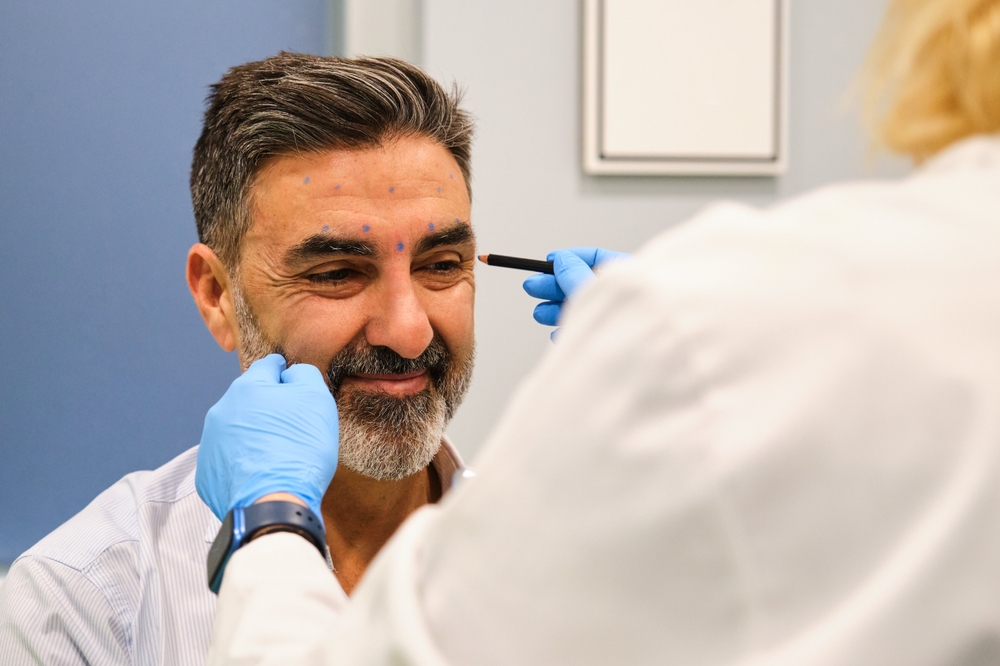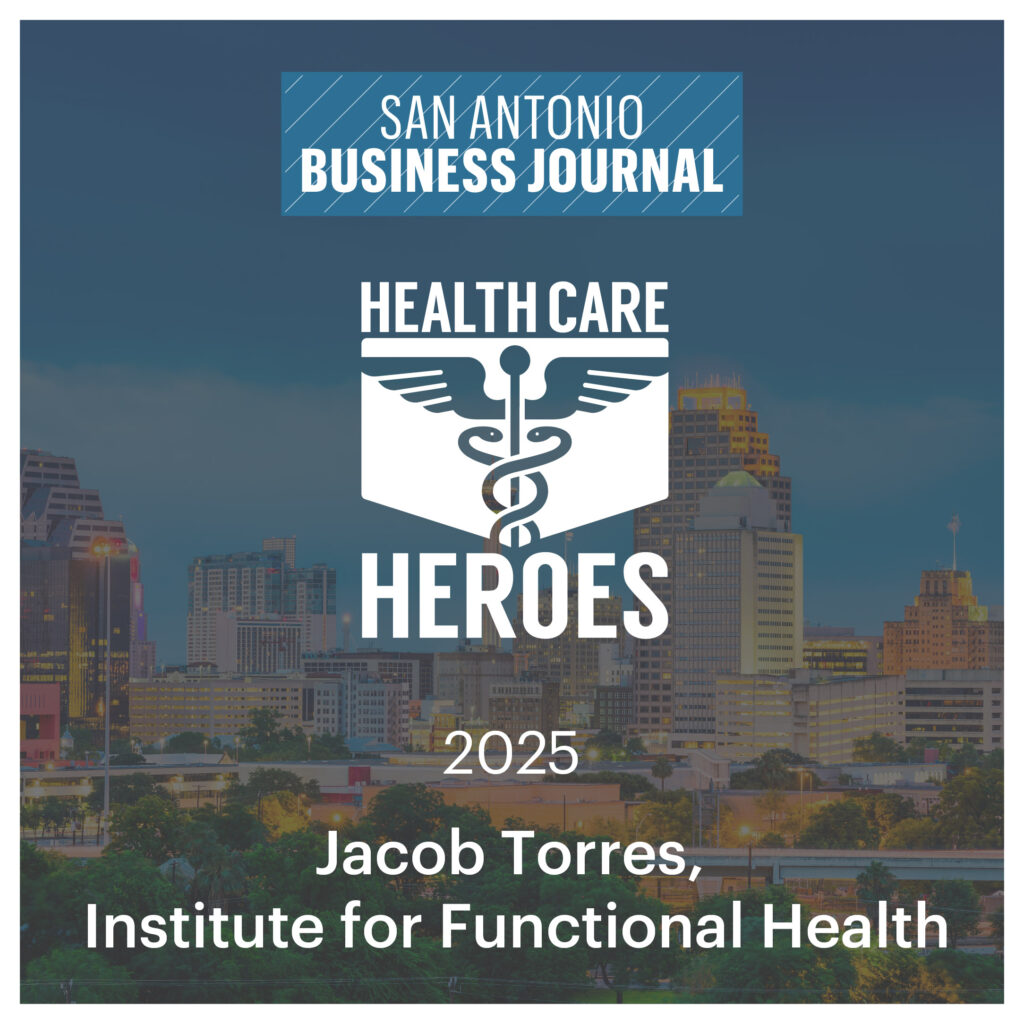May is among many things, national osteoporosis month. In honor of this month, we wanted to dive into why some of the modifiable factors can really contribute to the risk of osteoporosis with the help of recent research.
Recent research has shed some light on cellular mechanisms that can explain why smoking, alcohol, and other modifiable factors could raise the risk of developing the bone disease osteoporosis. When I speak with patients regarding the development of osteoporosis, we chiefly discuss how osteoclasts are responsible for breaking down the bones over time and is a chief reason why we abdicate against the use of chronic steroids.
The recent research has suggested the mechanism at play fuels the immune system to ramp up the development of osteoclasts, and that the powerhouse of the cell is ultimately responsible. The mitochondria is considered the powerhouse and is responsible for energy production within the cell. When under stress however, the research suggests the mitochondria emits a signal that fuels the production of osteoclasts.
Macrophages are an important player in everyone’s immune system as they are responsible for swallowing and digesting waste and foreign objects thru a process known as phagocytosis. The research suggests the mitochondria within these cells emit the signal, under stress, that ultimately turns the macrophage into an osteoclast.
Professor Narayan Avadhani from Penn University School of Veterinary Medicine and his colleagues at Mount Sinai Hospital in New York City are heading the research that is shedding light on how environmental factors such as smoking, drinking alcohol, and even medication can impair the mitochondria and ultimately raise the risk of osteoporosis. Professor Avadhani believes the stress signaling pathway plays a substantial role.
Osteoporosis is a disease that causes the bones to become less dense or more brittle over time. This increases the risk for fractures in patients, as does increasing age in the development of osteoporosis. Bone density has normally peaked for most individuals in their 30s, and naturally declines as the body begins to favor resorption over generation of new bone. According to the International Osteoporosis Foundation, 1 in 3 women and 1 in 5 men over the age of 50 will experience a bone fracture due to osteoporosis. They also estimate over 75 million people in the US, Europe, and Japan suffer from osteoporosis and that an almost additional 9 million bone fractures will occur worldwide.
In the study, the researchers have learned that a mitochondrial-to-nucleus retrograde (MtRS) pathway helps the cells adapt to stress. “However…mechanisms through which macrophages sense and respond to cellular stress remains unclear,” the researchers noted. The researchers began running some experiments on cultured mouse macrophages to induce damage in the macrophages by disrupting an enzyme called cytochrome oxidase C. This enzyme is responsible for mitochondrial energy production within the cell.
Once damaged, the mitochondria began releasing various signaling molecules that not only triggered inflammation but also influenced the cells to change into osteoclasts. When mitochondria become damaged by environmental factors such as habitual smoking, consuming moderately high amounts of alcohol, or from medication it can mimic some of the results found in the research. The researchers ultimately concluded that while promising, further research is necessary as multiple signaling molecules may play a role. Furthermore, the team is considering doing studies to find out if preserving mitochondrial function could actually reduce the risk of osteoporosis.
















